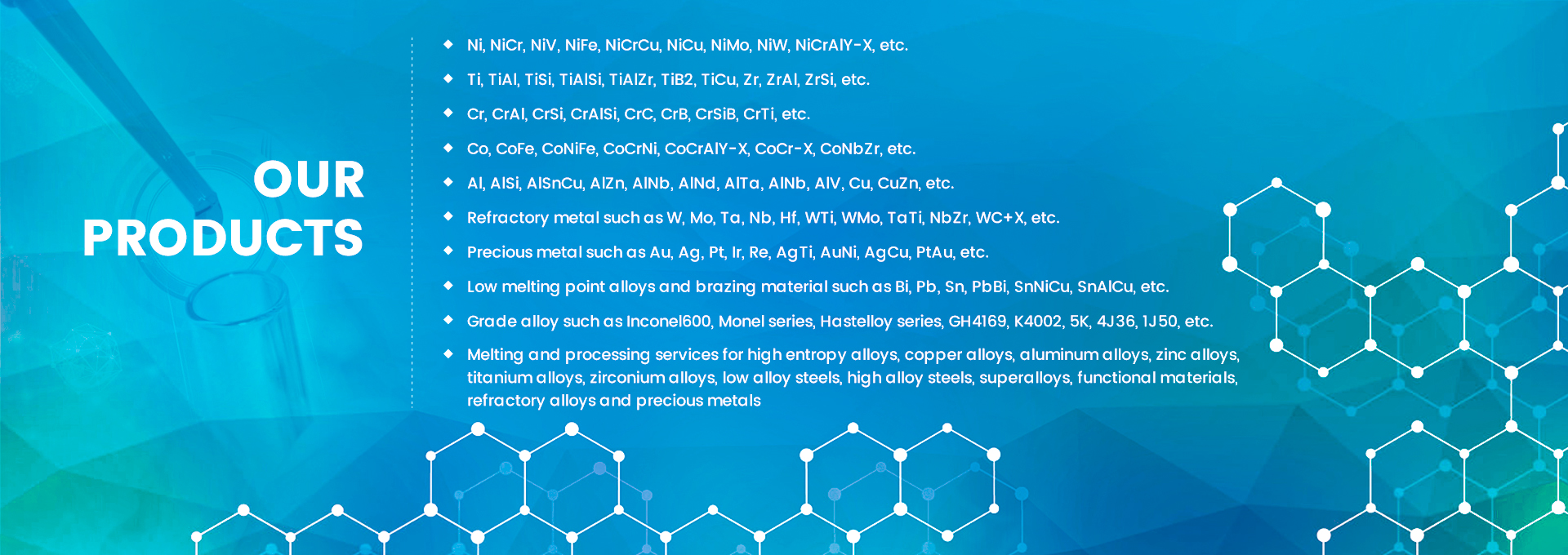In the era of booming high-tech industries, chromium targets are playing an increasingly vital role as a key precision manufacturing material. From smartphones to tablets, and from solar cells to semiconductor chips, chromium targets are ubiquitous, quietly driving technological advancements and transforming our lives.
What is a Chromium Target?
A chromium target, as the name suggests, is a thin-film deposition target made from high-purity chromium or chromium alloy through a series of precision manufacturing processes. In a vacuum environment, using techniques such as magnetron sputtering or evaporation, atoms or molecules from the surface of the chromium target are sputtered and deposited onto a substrate, forming a dense and uniform thin film.
What are the types and Applications of Chromium Targets:
High-Purity Chromium Targets: Primarily used for depositing metallic chromium thin films, applied in decorative coatings, semiconductor devices, solar cells, and more.
Chromium Alloy Targets: By adding different elements, chromium alloy targets with various properties can be produced, such as:
Chromium-Aluminum Targets: Enhance the hardness and wear resistance of thin films, used in tool coatings, automotive components, and other fields.
Chromium-Silicon Targets: Improve the corrosion resistance and oxidation resistance of thin films, applied in chemical equipment, marine engineering, and more.
Chromium-Nickel Targets: Enhance the high-temperature resistance and conductivity of thin films, used in aerospace, electronic components, and other fields.
Chromium-Cobalt Alloy Targets:Characteristics: High hardness, excellent wear resistance and corrosion resistance.
Applications: It is mainly used in dental materials (such as dentures, dental crowns), medical implants, and high-temperature tools.
Chromium-Iron Alloy Targets: Characteristics: High hardness, good corrosion resistance and oxidation resistance.
Applications: It is widely used in the manufacturing of stainless steel, chemical equipment, corrosion-resistant pipelines, and high-temperature stoves.
Chromium-Molybdenum Alloy Targets: Characteristics: High strength, excellent high-temperature resistance and creep resistance.
Applications: It is commonly used in aerospace engine components, petrochemical equipment, and high-temperature and high-pressure pipelines.
Chromium-Tungsten Alloy Targets: Characteristics: Extremely high hardness, wear resistance and high-temperature resistance.
Applications: It is used in the manufacturing of cutting tools, molds, high-temperature stoves, and wear-resistant coatings.
Chromium-Vanadium Alloy Targets: Characteristics: High toughness, good fatigue strength and wear resistance.
Applications: It is mainly used in the manufacturing of high-strength springs, gears, bearings, and tool steels.
Chromium-Manganese Alloy Targets: Characteristics: Good corrosion resistance, high strength and workability.
Applications: It is used in the manufacturing of stainless steel, structural steel, and corrosion-resistant components.
Chromium-Copper Alloy Targets: Characteristics: Excellent electrical conductivity, thermal conductivity and corrosion resistance.
Applications: It is commonly used in electronic components, electrode materials, and high-temperature conductive components.
Chromium-Titanium Alloy Targets: Characteristics: High specific strength, excellent corrosion resistance and high-temperature resistance.
Applications: It is mainly used in aerospace structural components, chemical equipment, and biomedical materials.
Chromium-Niobium Alloy Targets: Characteristics: High hardness, excellent high-temperature resistance and creep resistance.
Applications: It is mainly used in high-temperature alloys, aerospace components, and nuclear industry materials.
Chromium-Tantalum Alloy Targets: Characteristics: High corrosion resistance, excellent high-temperature resistance and biocompatibility.
Applications: It is used in chemical equipment, biomedical materials, and high-temperature coatings.
The composition ratios of chromium alloys, their purities, dimensions, and shapes all need to be produced according to specific applications.
Post time: Feb-24-2025






